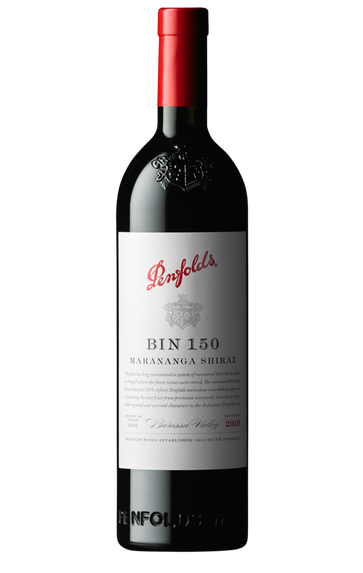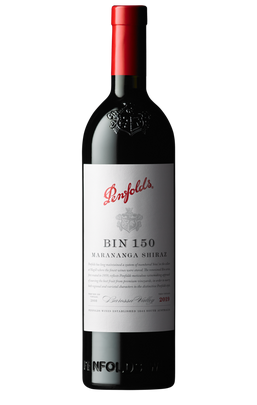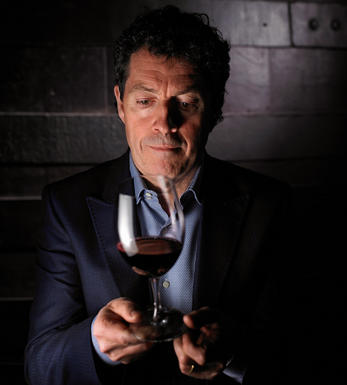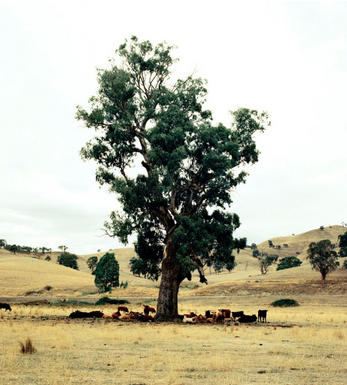
2020 Penfolds, Bin 150 Marananga Shiraz, Barossa Valley, Australia

Critics reviews
The Bin 150 Marananga Shiraz has always been a dense, concentrated and muscly wine. Then imagine the overlay of a warm and dry vintage (for some context—26 days in a row over 35 degrees Celsius), the second in a string of warm, dry vintages. Yields were drastically down, up to 70% in some places, and the power of the reds in particular are a force to be reckoned with.
So here, to 2020 Bin 150 Marananga Shiraz: savory, spicy tannins form a casing around the fruit, the oak supporting from the back. There are notes of dark blackberry, blood plum, Nag Champa (clove tobacco), pink peppercorns and saturated fruit. There’s a side of deli meat in there, too. If you can put aside the density and weight of the wine (impressive), the fruit is pure and beautiful. The 2020 vintage may have been responsible for brooding and concentrated wines, but I have found much to love in this year. This included. Sensational.
Drink 2022 - 2037
Erin Larkin, Wine Advocate (Jul 2022)
French and US oak give a rather sophisticated, complex nose. Peppery dry finish after quite a bit of juicy blackberry fruit. Hint of liquorice too. Not yet ready but very promising.
Jancis Robinson MW, jancisrobinson.com (Jun 2022)
Deeply expressive and rich in dark plum and blackberry fruit, as well as iodine and tarry elements, this speaks so clearly to the warm and dry Marananga area of the Barossa Valley. Powerful dark fruit and tarry and savory notes on the palate, with bold and muscular tannins that carry the ripe black-fruit flavors so deep. Some licorice and sarsaparilla to close. Striking as always, this is a very composed Bin 150 with impressive poise. Best from 2026.
James Suckling, jamessuckling.com (Jun 2022)
Very deep, rich red-purple with faint tints of black, the bouquet earth and dried blood/ferrous notes, terracotta, licorice and blackberry jam; the wine is very full-bodied and stacked with tannin, chocolate and subtle touches of toasty oak, the palate and finish very drying with firm, mouth-puckering but good-quality tannins that cleanse the aftertaste. A powerhouse of a wine.
Huon Hooke, The Real Review (Jun 2022)
About this WINE

Penfolds
Penfolds enjoys an iconic status that few New World producers have achieved. Established in 1844 at the Magill Estate near Adelaide, it laid the foundation for fine wine production in Australia.
The winemaking team is led by the masterful Peter Gago; it has the herculean task of blending the best wines from a multitude of different plots, vineyards and regions to create a consistent and outstanding range of wines. Its flagship wine, Grange, is firmly established as one of the finest red wines in the world.
Under Gago’s stewardship, the Penfolds range has evolved over time. Winemaking has moved away from New World heat and the sort of larger-than-life style that can mask individuality; the contemporary wines instead favour fine balance and typicity for the region or grape.

South Australia
At 72,000 hectares, South Australia is the engine room of the country's wine industry, responsible for 43 percent of its vineyards and encompassing some of Australia’s most famous fine wine regions.
One of the most important areas in qualitative terms is the Barossa Valley, beginning 50km north-east of Adelaide, and famous for its full-bodied Shiraz, as well as for its Grenache and Mourvèdre. To the east, the cool Eden Valley is home to some really fine Riesling and top-class Shiraz, such as that made by Henschke. To the north of Barossa is the Clare Valley, also a source of good Riesling but home to well-structured reds as well.
South-east of Adelaide lies the delightful vineyard area of the Adelaide Hills, where fine Sauvignon, Chardonnay, Riesling and Pinot Noir are produced by wineries such as Petaluma and Llangibby Estate. Langhorne Creek to the east of Adelaide has earned a reputation for its Cabernet Sauvignon, Verdelho and Shiraz while, between Adelaide and the sea, McLaren Vale is a noted area for red wines.
The unique vineyard region of Coonawarra lies 400km south-east in an area of pure limestone topped by a loose, red topsoil. Cool enough to resemble Bordeaux, this area produces great Cabernets and Merlots and is much in demand. Slightly to the north and to the west lie the regions of Padthaway and Mount Benson respectively, which enjoy similar success as sources of great white wines, especially Chardonnay. Wrattonbully however is known for its fresh, varietally-pure Cabernet Sauvignon and Merlot.
However it’s the less-distinguished Riverland region that accounts for 50 percent of the state’s wine production.

Syrah/Shiraz
A noble black grape variety grown particularly in the Northern Rhône where it produces the great red wines of Hermitage, Cote Rôtie and Cornas, and in Australia where it produces wines of startling depth and intensity. Reasonably low yields are a crucial factor for quality as is picking at optimum ripeness. Its heartland, Hermitage and Côte Rôtie, consists of 270 hectares of steeply terraced vineyards producing wines that brim with pepper, spices, tar and black treacle when young. After 5-10 years they become smooth and velvety with pronounced fruit characteristics of damsons, raspberries, blackcurrants and loganberries.
It is now grown extensively in the Southern Rhône where it is blended with Grenache and Mourvèdre to produce the great red wines of Châteauneuf du Pape and Gigondas amongst others. Its spiritual home in Australia is the Barossa Valley, where there are plantings dating as far back as 1860. Australian Shiraz tends to be sweeter than its Northern Rhône counterpart and the best examples are redolent of new leather, dark chocolate, liquorice, and prunes and display a blackcurrant lusciousness.
South African producers such as Eben Sadie are now producing world- class Shiraz wines that represent astonishing value for money.


Buying options
Add to wishlist
Description
Restrained yet still oozes complexity with intense white peach and grapefruit on the palate alongside signature freshness. The oak is seamlessly integrated adding subtle toasty flavours and wonderfully complex waxy notes and a creamy texture. Long lingering mineral / chalky finish. Can drink now but has intensity of fruit / structure to improve with another 10+ years of bottle age.
Amy Johnson, Account Manager, Berry Bros. & Rudd
wine at a glance
Delivery and quality guarantee